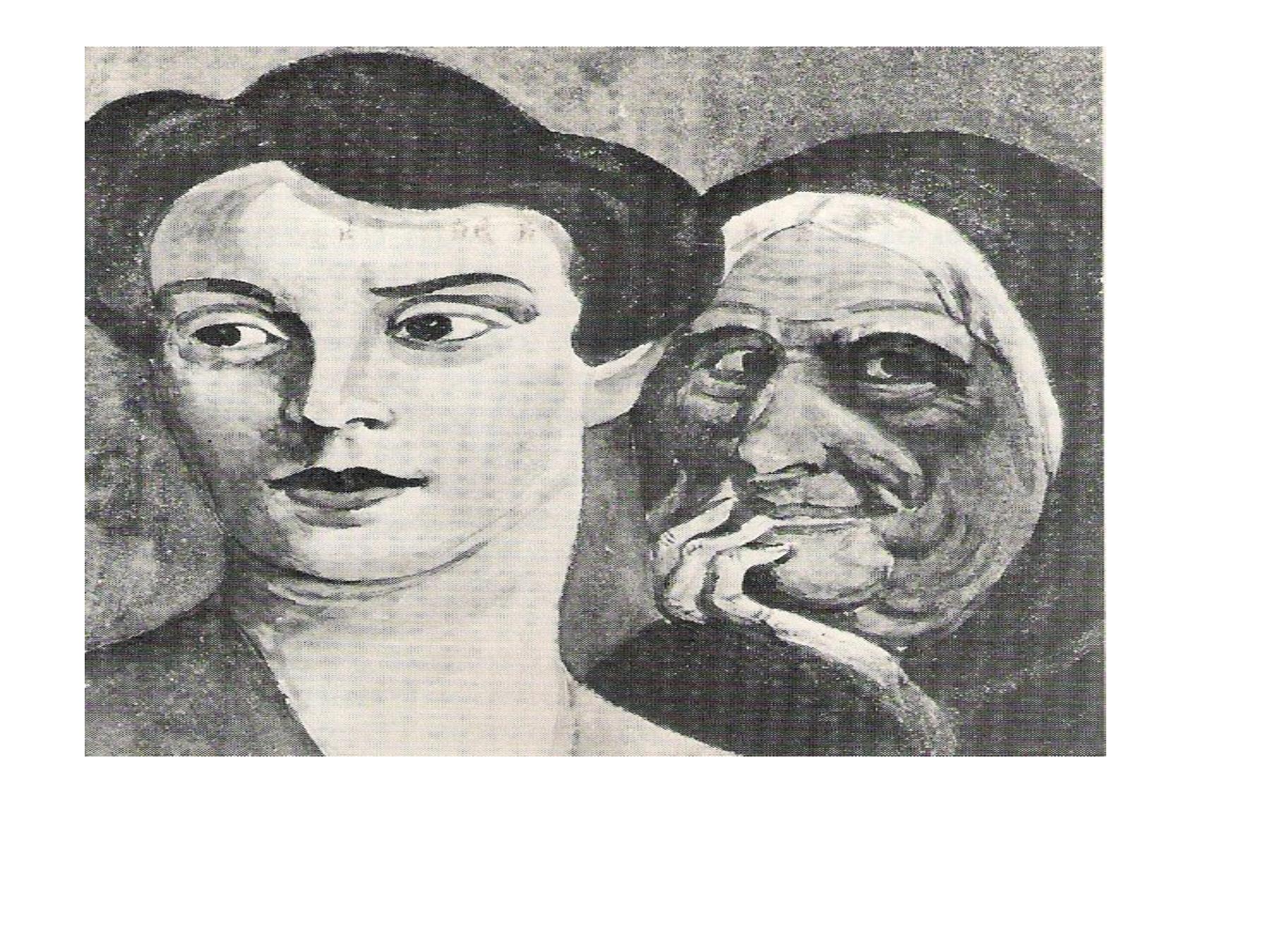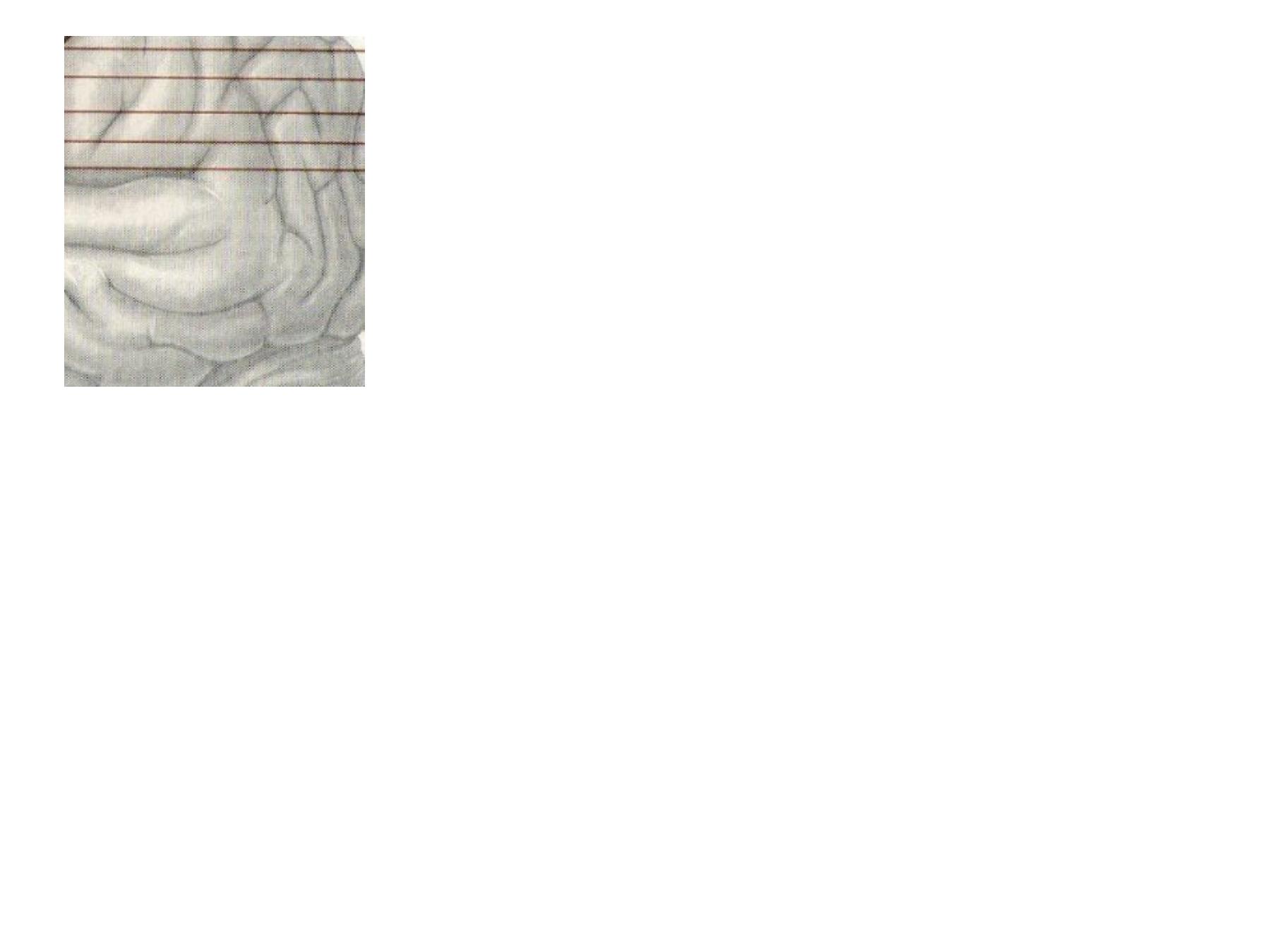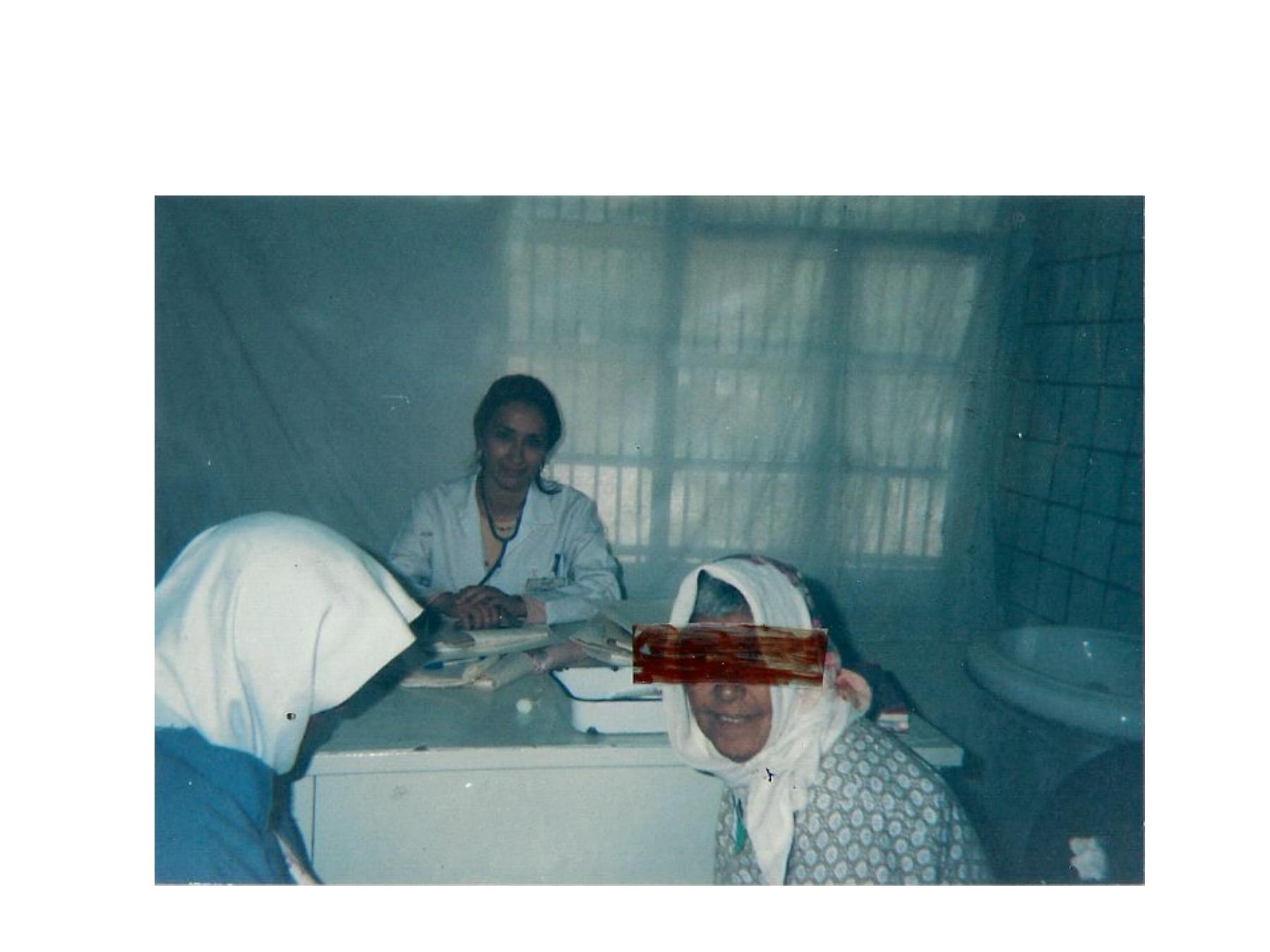
Biological roots of Behavioral Sciences
Methods of studying ,schools in
Behavioral sciences
Dr Maha Younis

The term Behavioral sciences is often confused with the term social sciences, Though these
two broad areas are interrelated and study systematic processes of behavior, they differ on
their level of scientific analysis of various dimensions of behavior. It abstract empirical data to
investigate the decision processes and communication strategies within and between
organisms in a social system. This involves fields like Psychology, Social Neuroscience,
Psychiatry and even genetic studies among others. In contrast, Social Sciences provide a
perceptive framework to study the processes of a social system through impacts of social
organization on structural adjustment of the individual and of groups. They typically include
fields like Sociology, Economics, History, Counseling, Public Health, Anthropology, and
Political Sciences

Why do we study behavioral sciences?
•
gain insight into individual behavior;
•
develop an understanding of their own society and
the world as part of larger human experience in time
and place;
•
analyze social, political, cultural, historical, and
economic institutions and relationships that both link
and separate societies throughout the world;
•
develop analytical, critical thinking, and
communication skills necessary to understand and
influence the world in w hich they live;
•
Comprehend methods of inquiry employed by social
and behavioral scientists.

Types and careers of psychologists
•
Occupational places of Psychologists
•
Most psychologists work in the following places;
•
1-Colleges and universities, psychologists who are interested in
researches and scientists, or special research institutes.
•
2- Private practice like clinics.
•
3-Schools
•
4- Industry and organizations
•
5- Mental hospitals.
•
The contemporary psychiatric practice is attached to
psychology in many ways ,as psychologists play an important
role in the treating team with the psychiatrist ,also clinical
psychologists are the primary therapists in treating many mental
disorders based on pathological cognitions and un appropriate
behaviors like for example phobic disorders, rituals in
obsessive compulsive disorder, disorders of sexual perversions
.

Methods of studying behavioral sciences
(psychology)
•
Studying psychology was associated with
establishment of scientific ways and means in
order to give evidences supporting its
hypothesis, also critical w ays of thinking can
motivate psychologists to test their
hypothesis by doing experiments and to
debate others theories .
•
The scientific method consists of four major
steps;
•
Experiments are the primary scientific method
in examining cause-effect relationship

•
1-Identifying the problem and formulate hypothetical
cause and effect relations among variables: testing
the hypothesis on the ground of relations of two
different events.
•
2-Design and execute an experiment: manipulating
independent variables and observing dependent
variables.
•
3-Determing the truth of hypothesis by examining
data from the experiment: to test whether an observed
relation is statistically significant.
•
4-Communicate the results: writing an article that
includes a description of the procedure to be
published and documented.
•
Hypothesis;

•
Is the starting point of any experiment?
It's an idea, phrased as a general
statement that the scientists wish to test
in an experiment. It’
s a tentative
statement about a relation between two
or more events while theory is an
elaborate form of hypothesis that can be
a related hypothesizes to explain some
larger aspect of nature.

Operational definition;
•
Is to generalize the findings of experiments derived
from a particular general concept into set of
operations. Validity and reliability of any operational
definition should be examined.
•
Ethical Standards in Human Research;
•
Research participants are expected to receive a full
description of the procedures to be followed
•
To be informed about any risk that might be involved
•
To be told that they are free to withdraw\from a study
at any time without penalty.
•
True informed consent should be obtained from the
parents or guardians of children or mentally ill
patients before any experiment done to them.

Biological foundations of behavior
•
The central nervous system (brain)
which is a delicate structure protected
by the hard bones of the skull ,forms the
primary control over the human
emotions and behavior ,it works
through a net of billion neurons (the
nerve cell) disseminated in the body via
the peripheral nervous system.
•

Neurons
•
Spec ialized c ells considered as the basic building blocks of the nervous
system, they are linked together in circuits, each neur on has three main
par ts ;
•
1-the cell body (soma) contains the biochemical structur es needed to
keep the neuron alive and its nucleus that c arries the genetic
infor mation that deter mines how the cell develops and function
•
2-dendrites; they are branchlike specialized fibers that collect messages
from neighbor ing neurons and send them to cell body.
•
3-axons; it is a single tract of fibers extending fr om one side of the cell
body r esponsible for conducting electrical impulses a way from the cell
body to other neurons, muscles, or glands.
•
4-glial cells ;they are supporting cells that surround and pr otec t the
ner ve cells ,they do not send or receive impulses ,but mainly help in the
nutrition of the nerve cells
•
Neurons vary in size and shape from microscopicall size to axon that
extends hundred centimeters lik e the spinal cord, they function like
batter ies in that their own

Peripheral nervous system
•
is divided into ;somatic system ; has the
sensory and motor function
•
2-autonomic system ; responsible for
directing the activity of the body's internal
organs and glands ,consists of sympathetic
system which has an arousal function and
tend to act as a unit and parasym pathetic
system which slows dow n body processes
and is more specific in its actions


The Spinal cord
•
connective function between the central and
peripheral nervous system .Passage of the impulse s
by positron emission technique PET and magnetic
resonance imaging MRI.across the synapse is
mediated by chemical transmitter substances.
Neurons are selective in the neurotransmitters that
can stimulate them. Some neurotransmitters excite
neurons, whereas other s inhibit firing of the post
synaptic neuron. Discoveries about the brain –
behavior relations are made using techniques such
as neuropsychological tests, surgical ablation,
electrical and chemical stimulation of the brain, EEG
,and the recent progress in studying living brain

Central nervous System
•
Composed of three parts: the forebrain, midbrain and hindbrain,
the major structures within hindbrain include the medulla which
monitor and control vital body functions , the pons which
contains important groups of sensory and motor neurons ,and
the cerebellum ,which is concerned with motor co-ordination.
The mid brain contains important sensory and motor neurons
and tracts connecting higher and lower parts of the nervous
system. The reticular formation plays a vital role in
consciousness, attention and sleep, activity of the ascending
reticular formation excites higher areas of the brain and prepare
them to respond to stimulation. The descending reticular
formation acts as a gate, determining which stimuli get through
to enter into consciousness.
•
The cerebral cortex is divided into frontal, parietal, occipital, and
temporal lobes with the thalamus being in the center controlling
emotions and behavior and the hypothalamus plays a major role
in many aspects of motivational and emotional

•
Nervous system interaction with the endocrine and
immune system;
•
The nervous and endocrine and immune systems
have extensive neural and chemical means of
communication and each is capable of affecting and
being affected by the others.
•
The endocrine system secretes hormones into the
bloodstream, these chemical messengers affect many
body processes including the activities of the central
and autonomic nervous system .Hormonal effects
during pregnancy may produce differences in certain
psychological function

Genetic influences in behavior
•
Hereditary potential is carried within the
DNA portion of the 23pairs of
chromosomes in units called genes.
Genotype and phenotype are not
identical because some genes are
dominant while others are recessive.
Many characteristics are polygenic in
origin, influenced by the interactions of
multiple genes.


•
Genetic engineering allows scientists to
duplicate and alter genetic material or
potentially to repair dysfunctional
genes. The major research method used
is the adoption study and the twin study,
both identical and fraternal rose in
different environments.

Research Concepts
•
One of the important concepts in
researches are the control groups which
are considered to be the core of
experimental designs that are identical
as possible to the experimental group
upon which experimentation is done
and only differ in the experimental
treatment being applied mainly two;

Research methodology
•
1-No treatment control group;
•
It serves examining the treatment efficacy as
tw o groups having the same pathology are
compared after one of them receives
treatment.
•
2-Same –subject control;
•
Groups in which measurem ent on criterion of
change is taken before a treatment is applied
and again after treatment, scores are
examined for significance of change, it serves
to control the external factors affecting
independent persons.

Research design
•
It is the method in which data are collected on
a given research topic constitutes the
research design, it varies according to the
study plan and objectives of the authors, in
researches of psychology , any modality of
research design can be used to m eet the aim
of the study ,the m ost common modalities are
;
•
Longitudinal study; is the study that follows
the same group of subjects over an extended
time period with observation to changes in the
group ,like the treatment

Cross sectional
•
It examines different groups at various levels
of a given variable all at the same time and
compare the different groups for a given
effect.
•
Double-Blind; are those in which neither the
subject(S) nor the experimenter (E) knows if
the treatment an S is receiving is true
treatment or a (placebo) ,this design is useful
to control the subjective bias of both the S and
E which frequently without awareness
influences the outcome of research.

•
Cross Over;
•
are combination of no –treatment and same-
subject control groups. The experimental
group is subjected to the events applied to the
control group and vice versa. It serves ethical
and scientific standards of an experiment.
•
Independent variables ; are those group who
has been manipulated like for example (given
medication) while dependent variables are
those that reflect the effect of independent
variables

